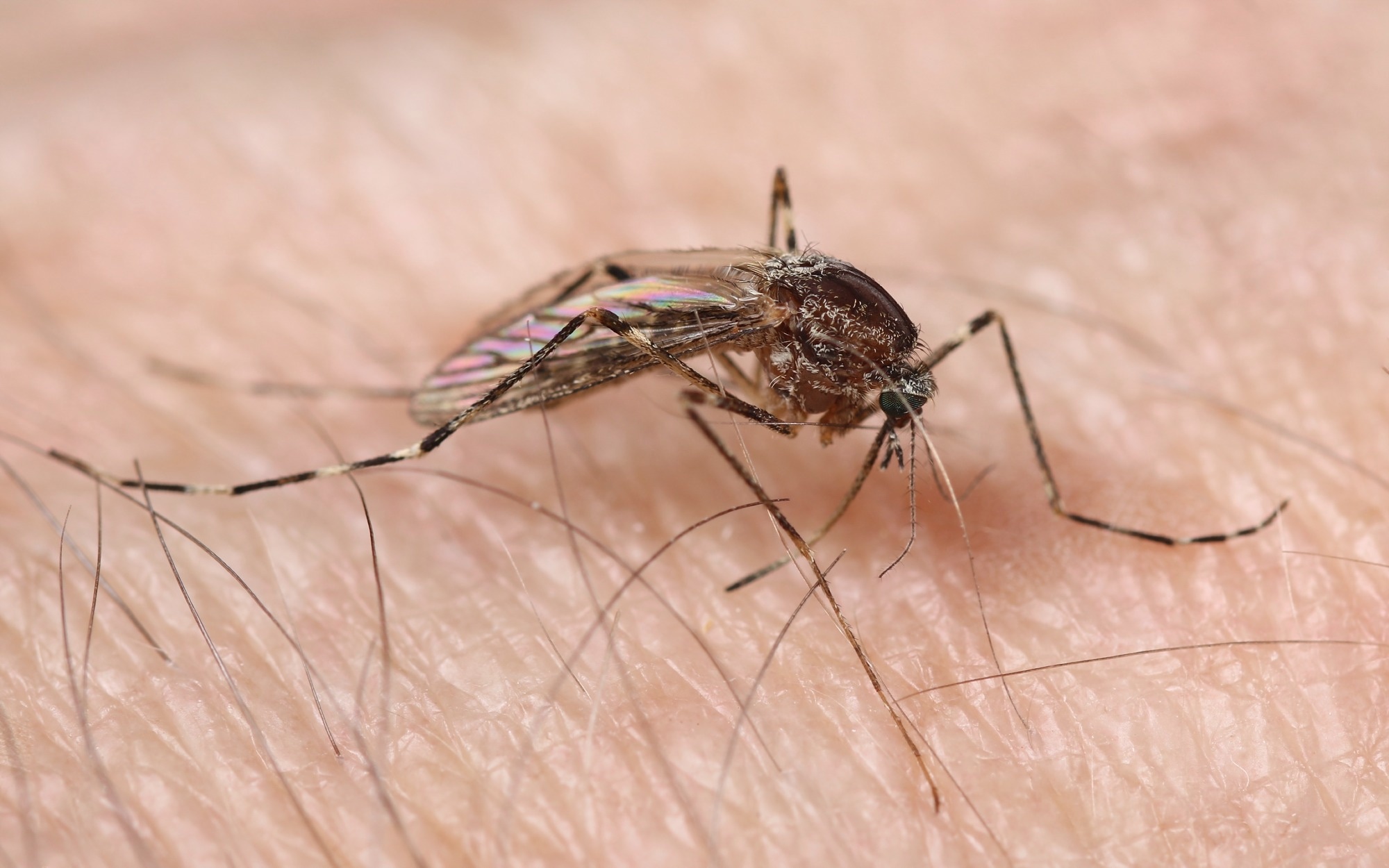A recent study published in the Zoonoses and Public Health Journal summarized the current knowledge on the Tahyna virus (TAHV).
 Study: Ťahyňa virus—A widespread, but neglected mosquito-borne virus in Europe. Image Credit: xpixel/Shutterstock.com
Study: Ťahyňa virus—A widespread, but neglected mosquito-borne virus in Europe. Image Credit: xpixel/Shutterstock.com
Background
TAHV is a human pathogen of the California serogroup (CSG) orthobunyaviruses. It is a spherical enveloped virus around 100 nm in diameter, with three segments of negative-sense single-stranded RNA as the genome.
The genome is about 13 kb in size, and the segments are labeled as small (S), medium (M), and large (L). The S segment encodes a non-structural protein and the nucleocapsid.
The M segment encodes a polyprotein cleaved into two glycoproteins and a non-structural protein, whereas the L segment encodes an RNA-dependent RNA polymerase. The bunyaviral non-structural proteins might be pathogenic factors in vertebrates. TAHV was the first pathogenic arbovirus isolated from mosquitos in Europe.
TAHV transmission occurs via endemic mosquitos, with mammals as vertebrate hosts. Research attention shifted toward the medical significance of the virus when it was isolated from sick/hospitalized children.
Valtice fever, caused by TAHV, manifests as a febrile summer illness with laryngitis, nausea, and atypical pneumonia, particularly in children.
Acute neurologic symptoms also occur but in relatively fewer cases. There are no reports of fatalities. Given the widespread distribution of TAHV in Central Europe, it should be studied from a public health perspective.
The present study’s authors discussed the available knowledge on TAHV history, geographic distribution, transmission, diagnosis, and clinical manifestations.
Ecology, hosts, and vectors of TAHV
TAHV transmission in endemic regions occurs in deciduous/mixed woodland forests with trees withstanding floods. TAHV outbreaks have been mainly recorded in southern Moravia and southern/eastern Slovakia.
Serologic investigations report increased TAHV exposure in flooded areas and regions adjacent to rivers, where floodplain mosquitos exist. TAHV was also detected in several biotopes in Asia.
Studies indicate that European hares are the likely amplifying hosts of TAHV. Experimental studies showed that Central Europe-endemic mammalian species develop viremia and TAHV-specific antibodies. However, only hares and rabbits have been established as competent hosts. Although infection in primates caused viremia and induced antibodies, the animals lacked clinical symptoms.
One study observed a febrile period of up to four days, reduced motility, and weakness in chimpanzees infected subcutaneously. Serosurveys detected TAHV-reactive antibodies in red deer, wild boars, fallow deer, mouflons, red deer, horses, cattle, wild rodents, European brown bears, and domestic sheep.
TAHV has been isolated from several mosquito species, including Aedes vexans, A. cinereus, and A. caspius, with many studies implicating A. vexans as the primary vector.
Disease and diagnosis
Valtice fever may manifest from mild febrile illness to aseptic meningoencephalitis. TAHV infection causes symptoms similar to those caused by other CSG orthobunyaviruses, such as California encephalitis and La Crosse viruses. The main symptoms include severe headage, accompanied by nausea and dizziness.
Other symptoms include atypical pneumonia, anorexia, conjunctivitis, myalgia, laryngitis, and gastrointestinal symptoms typical of encephalitic orthobunyaviruses.
Only a small proportion of infected individuals may develop pleocytosis or severe meningitis. Serosurveys in endemic regions of Czechoslovakia revealed a high seroprevalence of up to 70%.
TAHV was isolated for the first time from a human with a natural infection in 1972. Subsequently, it was isolated from hospitalized children with acute fever. TAHV seropositivity has been documented in several European countries like Hungary, Austria, Yugoslavia, Croatia, Albania, and Russia. China, Uzbekistan, and Tajikistan have also reported TAHV infections.
Serum immunoglobulin M (IgM) detection is the basis of TAHV diagnosis, with virus neutralization tests accepted as the gold standard. TAHV infection could be diagnosed using a reverse-transcription polymerase chain reaction (RT-PCR) test.
Although TAHV infections are prevalent, disease incidence is often underreported due to the lack of diagnostic tests. As such, TAHV infections remain underdiagnosed in several countries.
Concluding remarks
In summary, while TAHV remains endemic to Central Europe, with a larger geographic distribution, there is limited data on fundamental ecological and virological aspects.
Mosquito surveillance should also involve screening for TAHV. Although TAHV causes a relatively mild illness, the manifestation of neurologic symptoms cannot be overlooked.
Above all, high temperatures and increased flooding events in summer could lead to TAHV transmission; therefore, control strategies and serologic surveys should be implemented in regions where TAHV or its vectors exist.
Journal reference:
-
Mravcová, K., Camp, J.V., Hubálek, Z., Šikutová, S., Vaux, A.G.C., Medlock, J.M. & Rudolf, I. (2023) Ťahyňa virus—A widespread, but neglected mosquito‐borne virus in Europe. Zoonoses and Public Health. doi: 10.1111/zph.13042 https://onlinelibrary.wiley.com/doi/10.1111/zph.13042